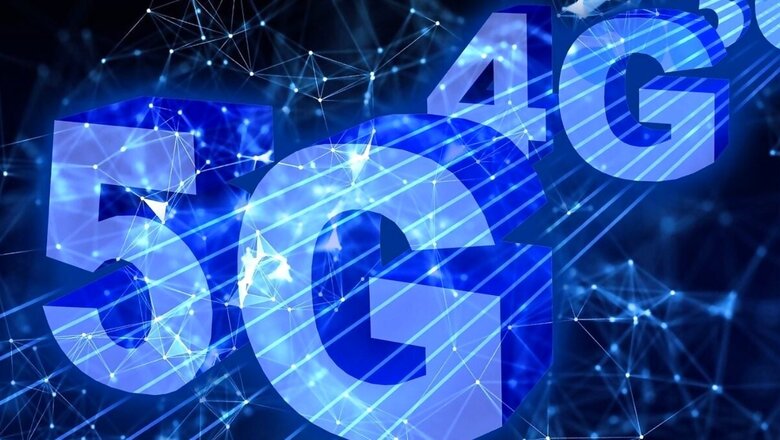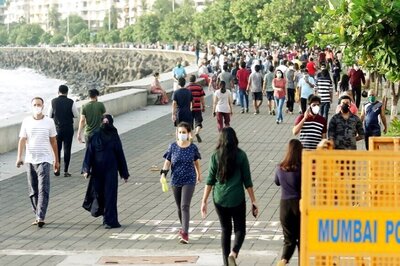
views
Ericsson, a leading global technology company, has unveiled a groundbreaking report that sheds light on India’s imminent leap into the 5G era. It believes that by December, 31 million Indian users will upgrade to 5G phones.
The report, titled ‘5G value: Turning performance into loyalty’, by Ericsson Consumer Lab, explores the dynamics driving 5G network satisfaction and user retention in the country. The study, conducted earlier this year, represents the views of 1.5 billion consumers across 28 global markets. In India, the survey captures the perspectives of 50 million 5G users and 250 million consumers across tier 1-3 cities. Globally, it involves interviews with 10,000 active 5G users, encompassing 650 million 5G users worldwide.
There are four major facts that were highlighted in the study. Firstly, 31 million users could upgrade to 5G smartphones. Secondly, 5G in India uplifts overall network satisfaction by 30% over 4G. Thirdly, 5G users in India spend on average more hours per week on apps than users from other geographies. And lastly, 14% are willing to pay a premium for innovative use cases and differentiated 5G connectivity. Here are the details of the major findings of the study:
Engaged 5G Users
Based on the study’s key findings, India is on the cusp of accelerated 5G adoption. What sets Indian 5G users apart is their remarkable engagement with digital services. These users exhibit high daily interaction with applications, including streaming high-definition videos, video calling services, mobile gaming, and augmented reality (AR).
On average, they dedicate an extra two hours per week to these services compared to their counterparts in other early-adopter 5G markets such as the United States, the United Kingdom, South Korea, China, and others. As per Ericsson executives, there is a monumental opportunity for the further proliferation of 5G technology across the nation.
Exemplary 5G Satisfaction and Availability
India’s 5G satisfaction levels and perceived 5G availability either match or surpass those in early-adopter markets. An astonishing 13% higher share of very satisfactory experiences is observed when transitioning from 4G to 5G, with faster download speeds playing a pivotal role in driving this heightened satisfaction.
Impact of 5G Performance on User Decisions
The survey underlines the significance of 5G performance in critical locations in influencing user satisfaction and switching decisions. Users encountering connectivity challenges at event venues are three times more likely to contemplate changing their service providers in the next six months. Conversely, a positive 5G experience in key locations such as during transit or at home can quadruple user satisfaction.
Consumer Preferences
Jasmeet Singh Sethi, head of Ericsson Consumer Lab, shared key insights from the survey. Notably, about 39% of polled 5G consumers believe that increased data allowances in their 5G plans would justify premium rate charges from Communication Service Providers (CSPs). Moreover, approximately 24% of surveyed 5G consumers express a clear preference for a differentiated Quality of Service (QoS) over 5G. These users actively seek elevated and consistent network performance, tailored for demanding applications and specific key locations. The research further reveals that one in five smartphone users is willing to pay an average premium of 14% for 5G-rich app bundled plans or QoS-led offerings.
Leveraging 5G Use Cases
The survey identified several 5G use cases that resonate with Indian consumers, who are willing to pay a premium for these services. These include offerings like 3D/AR books, digital libraries, 5G creator packages, 5G-optimised mobile gaming, immersive replays, enhanced event experiences, and more.
“The findings underscore India’s potential to lead the way in 5G adoption and usage,” said Sethi. “With a substantial portion of the population ready for 5G, the opportunities for innovation and growth in the Indian market are immense. As app experience emerges as a key factor in driving satisfaction with 5G, the technology has elevated overall network satisfaction in India by an impressive 30% compared to 4G.”

















Comments
0 comment